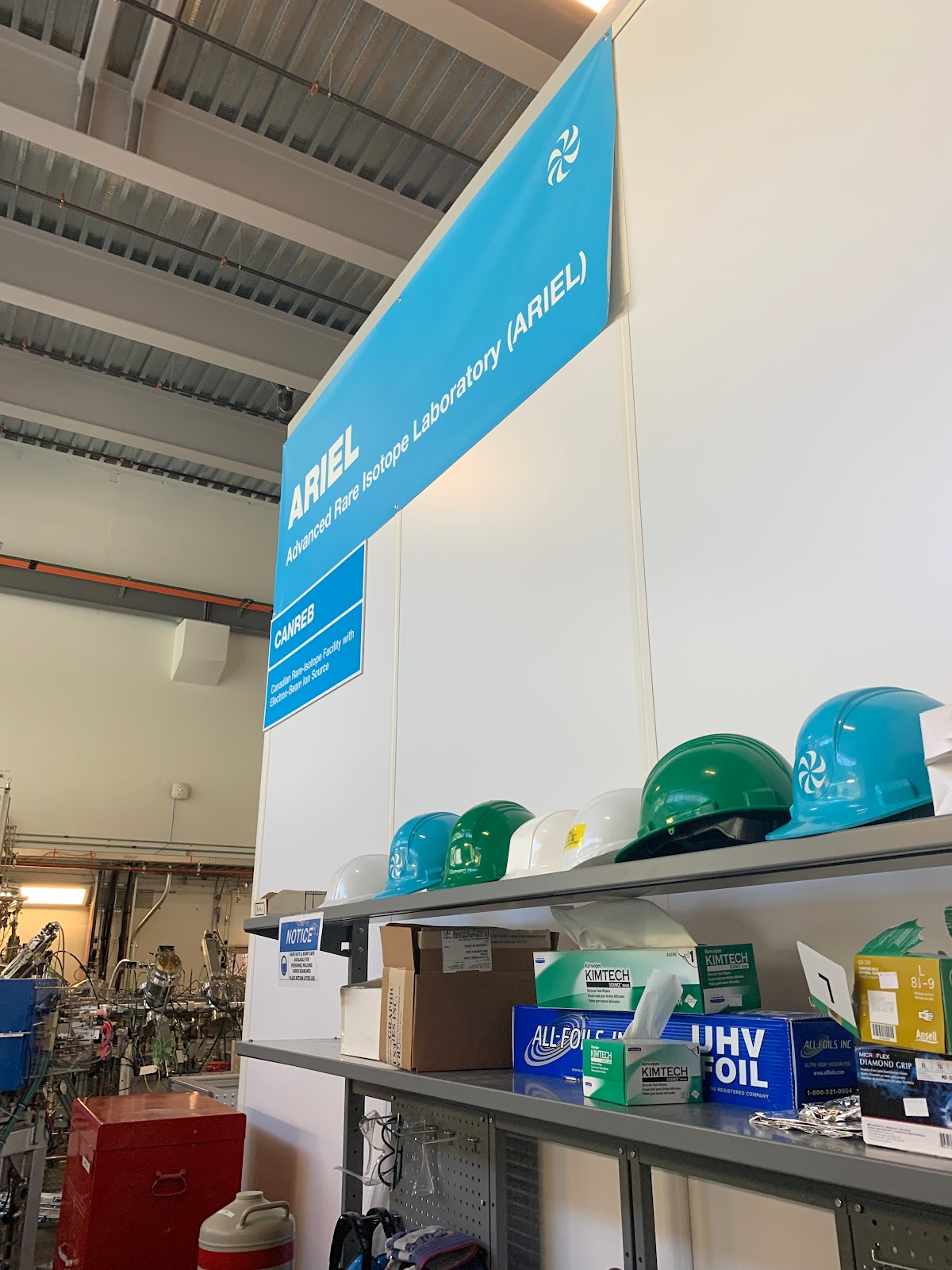CERN HST2019 - Day 5
Today was a busy day that started with a lecture on particle detectors by Chiara Mariotti. She delivered a fascinating talk on the history of particles detectors (from the first cloud chambers) through to how the detectors in the LHC experiments are designed. This is something that I've always been interested in, but never quite sure how it worked and she was able to give an excellent explanation that communicated the ideas very effectively.
We then continued our morning with a talk on the discovery of the Higgs boson by Luis Roberto Flores Castillo. This was one of the most interesting talks that we've had so far and Luis is a tremendous presenter whose passion for physics comes through in every sentence! He gave these wonderful analogies to explain some very difficult concepts. He explained that most people have this misconception that the LHC is like a child with a couple lemons. The child smashes them together and out comes some juice, some pulp, some rind, and seeds. However, this is not at all what happens at the LHC! Instead, he said that it is more like taking two lemons and smashing them together and getting a watermelon, an elephant, and a washing machine! Most people tend to think of the work done here as breaking down the building blocks of matter, but the truth is that when two protons are smashed into each other it is often a gluon within one proton colliding with a gluon within the other. Gluons are already elementary particles (at least, as far as we currently understand) so they don't break down further. Instead, it is by Einstein's famous formula E=mc^2 (which really states that energy and matter are interchangeable forms that have a conversion factor of the speed of light squared) that the extraordinarily high energies that are used to collide these particles can be turned into other particles. When this happens, it is like there is a whole menu of possibilities that can come out of the collision and not just smaller pieces of what is being smashed together. This was truly an eye-opening explanation!

This afternoon, we then had the opportunity to visit CERN's museum, the Microcosm, as well as the GLOBE exhibitions. Last, we performed the cloud chamber experiment at the S'Cool Lab. I've done the cloud chamber a few times in my classroom, but always had some issues with it and now that I've done it here I have a better idea of how to get it to run a bit better. I'm also thinking that I might see about getting students to make their own cloud chambers as a lab using plastic containers or jars. They have an excellent website detailing the lab here.

The permanent cloud chamber on exhibition in Microcosm. I really wish I had one of these for my classroom!
We then continued our morning with a talk on the discovery of the Higgs boson by Luis Roberto Flores Castillo. This was one of the most interesting talks that we've had so far and Luis is a tremendous presenter whose passion for physics comes through in every sentence! He gave these wonderful analogies to explain some very difficult concepts. He explained that most people have this misconception that the LHC is like a child with a couple lemons. The child smashes them together and out comes some juice, some pulp, some rind, and seeds. However, this is not at all what happens at the LHC! Instead, he said that it is more like taking two lemons and smashing them together and getting a watermelon, an elephant, and a washing machine! Most people tend to think of the work done here as breaking down the building blocks of matter, but the truth is that when two protons are smashed into each other it is often a gluon within one proton colliding with a gluon within the other. Gluons are already elementary particles (at least, as far as we currently understand) so they don't break down further. Instead, it is by Einstein's famous formula E=mc^2 (which really states that energy and matter are interchangeable forms that have a conversion factor of the speed of light squared) that the extraordinarily high energies that are used to collide these particles can be turned into other particles. When this happens, it is like there is a whole menu of possibilities that can come out of the collision and not just smaller pieces of what is being smashed together. This was truly an eye-opening explanation!


The permanent cloud chamber on exhibition in Microcosm. I really wish I had one of these for my classroom!



Comments
Post a Comment